You probably think of women in pink ribbons when you think of breast cancer. Surprising fact: men get breast cancer, too. Relatively rare; only 1 in 833 men will ever be diagnosed with breast cancer, but male breast cancers are often detected at a later stage simply because most men don’t think they’re at risk.
It has created a disastrous chasm in research and education, partly because the very silence surrounding male breast cancer is keeping men from presenting cases of breast-like symptoms to their physicians. Even so, most men do not know that small amounts of breast tissue can actually become cancerous. This reluctance to seek medical care has so often meant the difference between an early fight and a much tougher battle to come.
In this comprehensive guide, we’re moving to cover everything you must know about male breast cancer-from basics to symptoms to treatment and life in the face of diagnosis. Let’s smash the stigma with awareness for this all-too-often overlooked condition that strikes fathers, brothers, and sons around the world today.
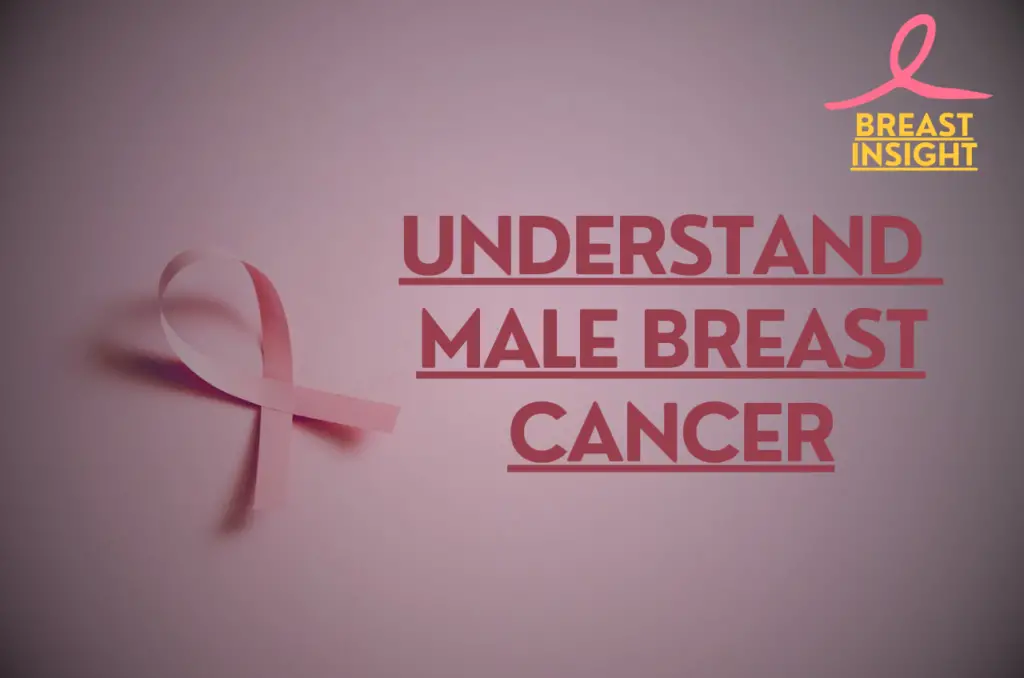
Understanding Male Breast Cancer
Signs and Symptoms to Watch For
- Primary physical signs:
- painless lump in breast tissue
- Nipple retraction or inversion
- Skin dimpling or puckering
- Nipple discharge; clear or bloody
- Redness or scaling of nipple/areola
- Breast tenderness or pain
Risk Factors and Genetic Predisposition
Genetic and environmental factors considerably affect the development of cancer among men:
| Risk Factor Category | Specific Factors |
| Genetic | BRCA1/BRCA2 mutations, Family history |
| Hormonal | High estrogen levels, Klinefelter syndrome |
| Environmental | Radiation exposure, Heavy alcohol consumption |
| Age-related | Most common in men 60-70 years old |
Statistics and prevalence rates
Male breast cancer accounts for approximately 1% of all breast cancers and has some key statistics:
- Diagnosed annually: Approximately 2,700 men in the United States
- Lifetime risk: 1 in 833 men
- Average age at diagnosis: 68 years
- 5-year survival rate: 84% when caught early
Misconceptions and Myths
Common misconceptions surrounding male breast cancer encompass:
- Only women can get breast cancer (False)
- Men don’t need breast examinations (False)
- Male breast cancer is always fatal (False)
- It only affects older men (False)
Men also get breast cancer through biological mechanisms similar to those in women, though much less often. The disease develops in the small amount of breast tissue located behind their nipples. While less common than female breast cancer, the mortality rate may be more significant among men, typically because it is diagnosed later in life, as this often originates from a lack of awareness and screening.
Evaluation of risk becomes extremely important for men with a family history of breast cancer or with known genetic mutations. Regular self-examination and prompt medical attention for the appearance of changes in the breast are important preventive measures. The presence of BRCA mutations is associated with an increased lifetime risk of developing male breast cancer at about 6%, much higher than the population at large.
For a more comprehensive look at how cancer develops and its broader impact, check out our guide on What is Cancer: Causes, Symptoms, and Treatment. Staying informed about the fundamentals of cancer can empower early detection and improve outcomes. Having understood the basics of male breast cancer, it is easy now to understand the diagnosis through various screening methods and diagnostic procedures.
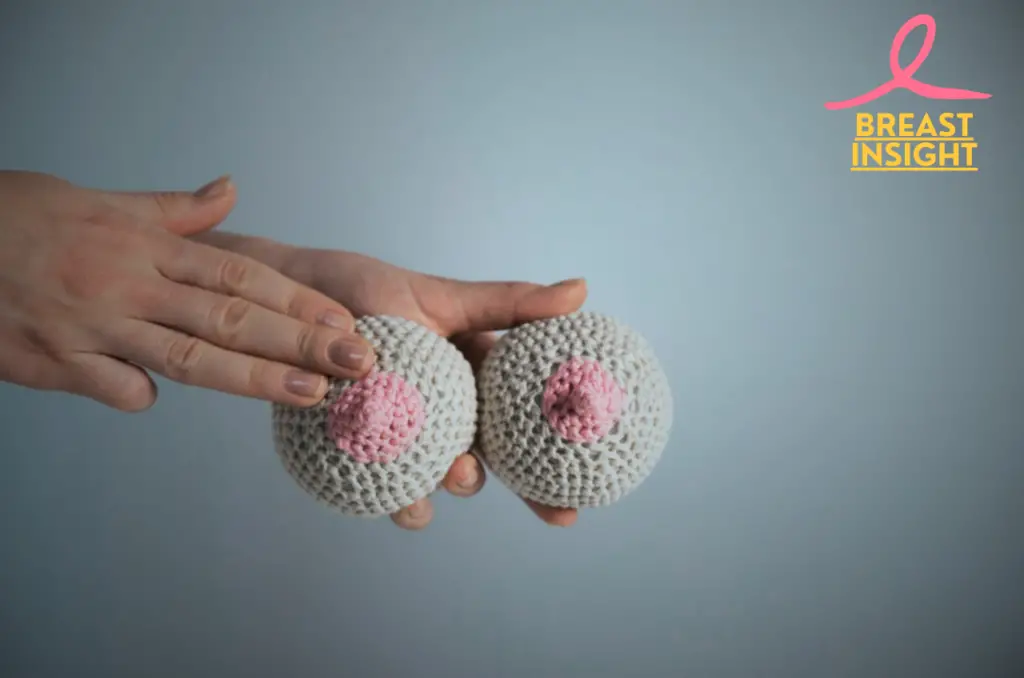
Detection and diagnosis
Self-examination techniques
Regular self-examination plays an important role in the early detection of male breast cancer. Monthly, men must follow the systematic approach:
- Visual Inspection
- Stand before a mirror with arms relaxed
- Raise arms overhead
- Look for skin changes, dimpling, or nipple abnormalities
- Check for asymmetry or visible lumps
- Physical Examination
- Use finger pads to examine breast tissue in circular motions
- Cover entire chest area from collarbone to bottom of rib cage
- Pay special attention to area behind nipples
- Search for any sort of lumps or hardness
Clinical screening methods
Healthcare providers use several screening techniques to identify male breast cancer:
| Screening Method | Description | Recommended Frequency |
| Clinical Breast Exam | Physical examination by healthcare provider | Annual |
| Risk Assessment | Evaluation of family history and genetic factors | Initial visit |
| Mammogram | X-ray imaging of breast tissue | As recommended by doctor |
Diagnostic procedures
In case of suspect abnormalities, doctors use a variety of diagnostic tools:
- Imaging Tests
- Diagnostic mammography for detailed breast tissue examination
- Ultrasound helps in distinguishing the solid masses from fluid-filled cysts.
- MRI for high-risk patients or inconclusive mammogram results
- Tissue Analysis
- Fine-needle aspiration to extract cell samples
- Core needle biopsy to remove tissue samples
- Surgical biopsy for detailed tissue analysis
Crucial indicators that demand prompt medical attention:
- Painless lump in breast tissue
- Changes in nipple appearance
- Nipple discharge
- Skin changes or dimpling
- Breast pain or discomfort
Early detection significantly improves treatment outcomes, with 5-year survival rates exceeding 95% when caught in early stages. Men should overcome stigma and promptly report any breast changes to their healthcare provider.
For a more comprehensive understanding of how breast cancer develops and affects individuals, read our detailed guide on What is Breast Cancer: Causes, Symptoms, and Treatment. Understanding the basics can be a critical step toward better awareness and proactive health care. With such a clear understanding of how male breast cancer is detected and diagnosed, we are now going to further discuss all treatments available to men diagnosed with it.

Treatment Options
Surgery Types and Considerations
The surgery for male breast cancer generally employs one of two primary methods:
- Modified radical mastectomy: Removal of the entire breast tissue, the nipple, and some lymph nodes.
- Simple mastectomy: Removal of breast tissue only, preserving chest muscles
| Surgery Type | Description | Recovery Time | Common Uses |
| Modified Radical Mastectomy | Complete breast removal with lymph nodes | 4-6 weeks | Advanced cases |
| Simple Mastectomy | Breast tissue removal only | 2-4 weeks | Early-stage cases |
Chemotherapy Protocols
Chemotherapy treatment usually follows these protocols:
- Neoadjuvant therapy (before surgery)
- Adjuvant therapy (after surgery)
Standard combinations include:
- AC-T (Adriamycin/Cyclophosphamide followed by Taxol)
- TC (Taxotere/Cyclophosphamide)
- CMF (Cyclophosphamide/Methotrexate/Fluorouracil)
Radiation therapy
Radiation therapy typically involves:
- External beam radiation
- 5 days a week for 5-6 weeks.
Directed towards:
- Chest wall
- Lymph Node Regions
- Areas with high chance of recurrence
Hormone therapy
Most male breast cancers are hormone-receptor-positive, making hormone therapy crucial:
- Tamoxifen (standard treatment)
- Aromatase inhibitors with additional medications
- Treatment duration: 5-10 years
| Hormone Therapy | Primary Use | Duration | Side Effects |
| Tamoxifen | First-line | 5-10 years | Hot flashes, mood changes |
| Aromatase Inhibitors | Secondary | 5 years | Joint pain, bone loss |
Targeted therapies
For HER2-positive cancers:
- Trastuzumab (Herceptin)
- Pertuzumab (Perjeta)
- CDK4/6 inhibitors for advanced cases
The effectiveness of these treatments depends on factors such as tumor stage, hormone receptor status, and overall health. Understanding these causes of breast cancer can also help patients make informed treatment decisions and better manage risk factors associated with their condition.
While treatments focus on survival and quality of life, it’s essential for men to address other aspects of well-being, including their sexual health and relationships. For guidance on maintaining intimacy, explore our article on sexual life after breast cancer, which provides solutions for men navigating these challenges during recovery.
Treatment efficacy is dependent on:
- Tumor stage and grade
- Hormone receptor status
- Overall health condition
- Age and medical history
All treatment methods put great importance on the risk factors and long-term consequences related to them. The healthcare providers usually formulate a tailored treatment plan that integrates several methods for better results, continuous monitoring and an adjustment of the best possible response to the treatment with the quality of life. After we gain an understanding of what the treatments are, let’s now talk about how men can continue living their lives successfully while undertaking such treatments.
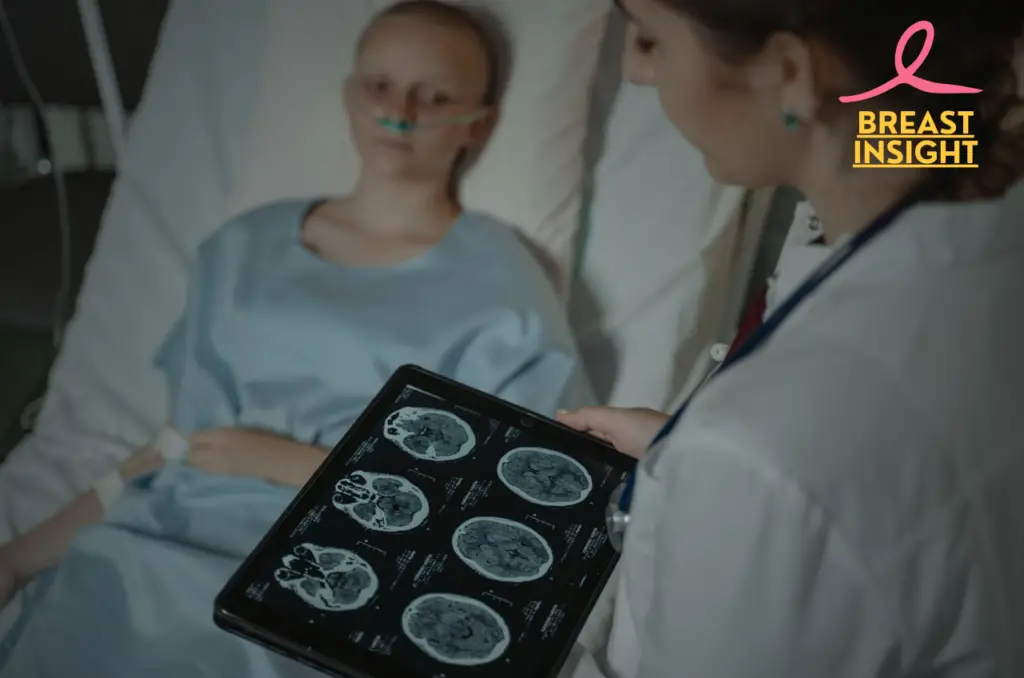
Living with Male Breast Cancer
Coping Strategies
- Practice mindfulness and meditation to manage anxiety
- Maintain a physical activity routine prescribed by your doctor
- Keep a journal to process emotions and track recovery
- Create a daily routine to stay normal.
- Reach out to trustworthy friends and family members
Effective coping strategies are essential for navigating both physical and emotional difficulties. Below is a practical framework for achieving daily wellness:
| Time of Day | Recommended Activity | Purpose |
| Morning | Light exercise/stretching | Physical wellness |
| Afternoon | Support group/counseling | Emotional support |
| Evening | Relaxation techniques | Stress management |
Support Groups and Resources
Male breast cancer patients can avail of several support systems:
- Online Communities
- Male Breast Cancer Coalition (MBCC)
- Breast Cancer Now (BCN)
- Cancer Support Community (CSC)
- Local Hospital Support Groups
- Professional Counseling Services
- Patient Navigator Programs
These resources provide necessary emotional support and practical guidance. Many organizations offer specific programs designed to address the unique issues that men experience when diagnosed with and treated for breast cancer.
Influence on Relationships
The diagnosis impacts different dynamics in relationships:
- Partnership Relationships
- Open communication over treatment decisions
- Adaptation to change in intimacy
- Sharing care giving responsibilities
- Family Dynamics
- Explain it to the children
- Managing family roles during recovery
- Co-ordinate help from extended family
- Professional Relationships
- Discussing diagnosis with employers
- Work responsibility management
- Planning medical leave
Clear communication remains integral in healthy relationships while undergoing treatment and recovery. Among other things, one should:
- Set limits
- Express needs openly
- Accept help when offered
- Maintaining Connections: Almost Daily or Often
Many men discover that their relationships grow stronger through this experience, as it opens up avenues for deeper connections and understanding. Support from healthcare providers can guide them in navigating these changes in their relationships with skill.
Now that we look at living with male breast cancer, let’s discuss some preventive measures and the ways of raising awareness on this condition.
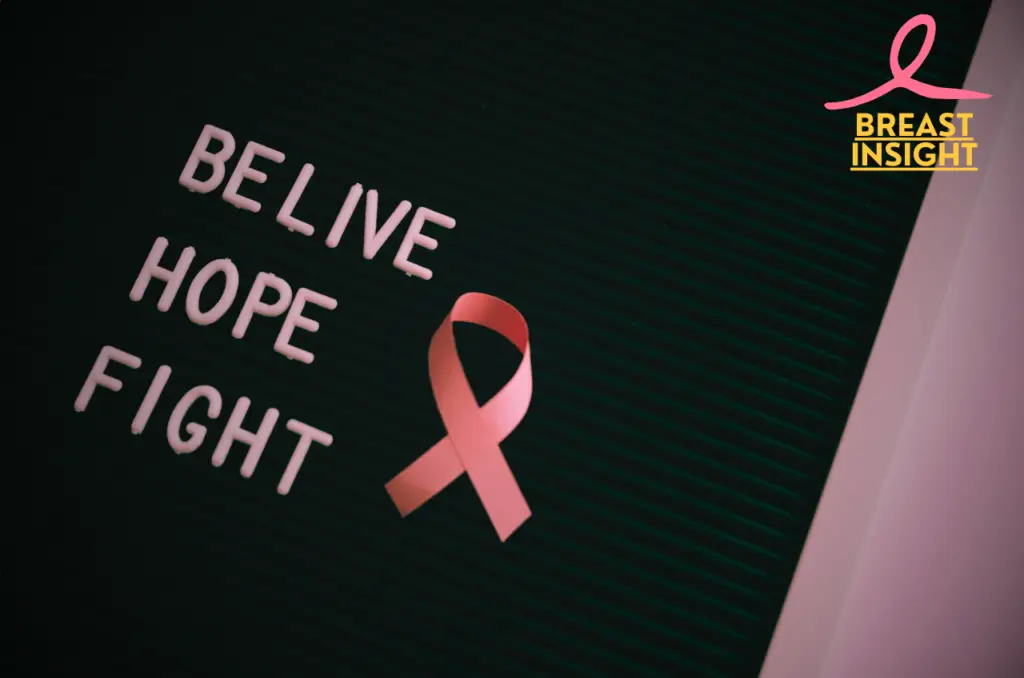
Prevention and Awareness
Lifestyle Changes
Healthy lifestyle habits tend to reduce the risk factor for male breast cancer. Main prevention measures include the following:
- Daily exercise to maintain a healthy weight
- Limit intake of alcohol to no more than 2 drinks per day
- Maintain a healthy diet that contains fruits, vegetables, and whole grains
- Stay away from environmental toxins, radiation
- Conditions that elevate estrogen levels
Regular Screening Importance
Early detection remains essential for positive treatment result; men are recommended to adhere to these screening provisions:
| Age Group | Screening Recommendation | Frequency |
| 35-40 | Baseline physical exam | One-time |
| 40+ | Clinical breast examination | Annual |
| High-risk individuals | Mammogram + MRI | As advised by doctor |
Increasing Public Awareness
Male breast cancer awareness demands collaboration through multiple channels:
- Educational campaigns in healthcare settings
- Social media campaigns focusing on male breast cancer facts
- Community outreach programs
- Support groups and survivor networks
- Workplace health education sessions
Breaking the Stigma
The prevailing misconception that breast cancer is solely a women’s issue hinders both early detection and effective treatment. To address this:
- Share survivor stories and experiences
- Organize open discussions on male breast cancer
- Promote gender-neutral language in breast cancer resources
- Support male-specific breast cancer research
- Create male-focused support services
Such men who have a family history, have mutations in their genes (BRCA1 or BRCA2), or have undergone previous exposure to radiation are obviously more cautious when it comes to prevention and screening. The physician is the one who educates the male patient about his risk factors and the importance of self-examination.
Public health campaigns would remind everyone that breast cancer is non-discriminatory as for gender. Organizations can contribute by:
- Plan male-specific breast cancer awareness activities
- Providing educational materials targeting men
- Educating providers on aspects of male breast cancer
- Support networks for men diagnosed with breast cancer
Recent statistics show that awareness really does make a difference in all this, with more men presenting with these abnormalities to the doctor at an earlier stage. However, greater strides in early detection and treatment outcomes remain best addressed with continuous education and advocacy.
This understanding of prevention measures and efforts to be made towards increasing awareness can help those men affected by breast cancer to have better results. Barriers can only be demarcated with the support of family, healthcare providers and the community so that men on time get proper care.
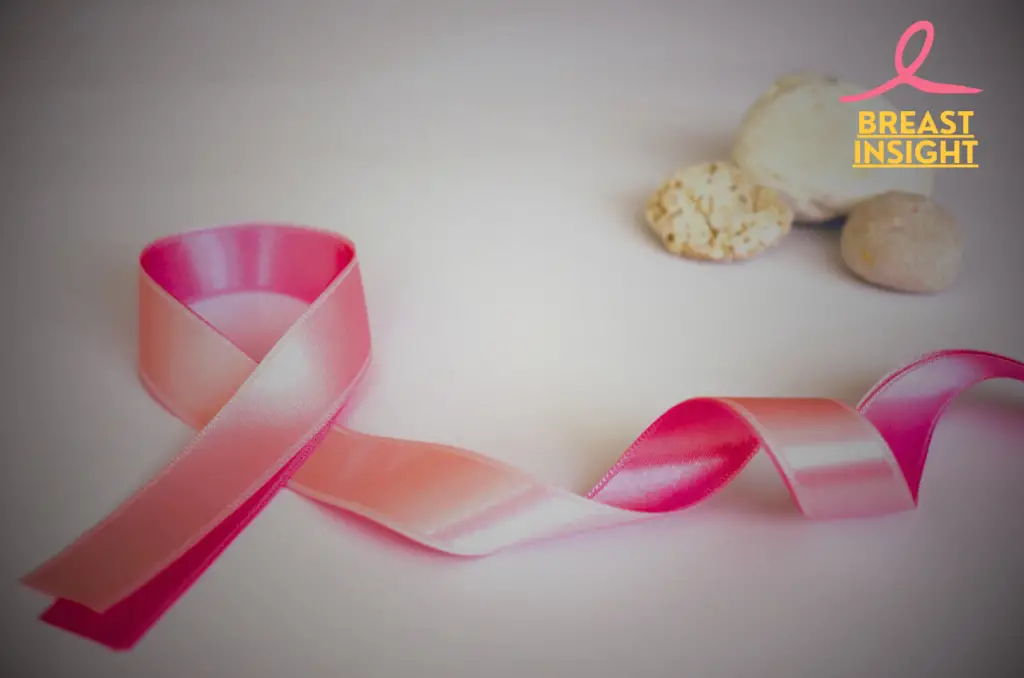
Conclusion
Although closely linked to women, it is critical to recognize and understand the male version in order to have early detection and treatment. Self-examinations on a regular basis, knowledge about risks, and quick medical attention when there are abnormal changes bring about a difference in the level of outcomes.
Important with this medical fight against the disease is acting against the stigma shrouding male breast cancer. The more people know and discuss the issue, the more men are likely to receive proper diagnoses in time. Remember, breast cancer does not care about your gender; early detection saves lives, whoever you are.
Frequently Asked Questions (FAQs)
What are the signs and symptoms of male breast cancer?
Male breast cancer typically presents itself with very common signs and symptoms. Those include lumps or masses in the breast, changes in breast size or shape, dimpling and redness of the skin, discharge from the nipple, and swelling or pain in the area of the breast. They can self-examine themselves at regular intervals to detect this early.
How is male breast cancer diagnosed?
Male breast cancer is diagnosed by a combination of physical examinations, mammography, ultrasound, and biopsy. If a patient has a family history of breast cancer or a confirmed mutation involving the BRCA1 and BRCA2 genes, then a healthcare provider may offer testing to assess his risk.
What are the treatment options for male breast cancer?
The treatments of male breast cancer are basically surgery in the form of mastectomy or lumpectomy, radiation therapy, chemotherapy, hormonal therapy known as Tamoxifen, and targeted therapies. Decided the course of treatment typically depends on stages of cancer and individual patient factors.
Can male breast cancer be prevented?
Although there is no guarantees approach to avoiding male breast cancer, certain lifestyle modifications significantly reduce the risk. They include the sustenance of a healthy weight, regular exercises, adoption of a balanced diet laden with fruits and vegetables, reduction in alcohol ingestion, as well as hereditary counseling for individuals with a previous history of breast cancer in the family tree. Routine check-up visits and self-checks help in making an earlier diagnosis.
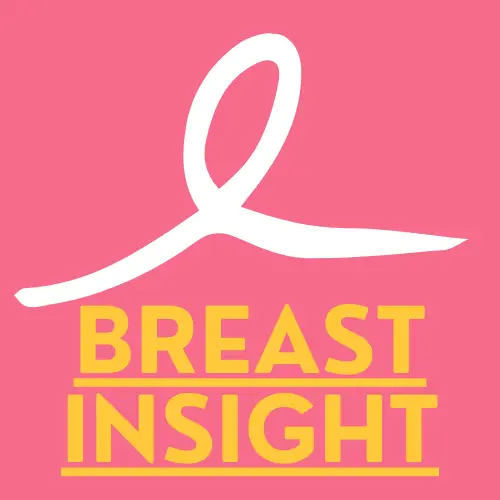
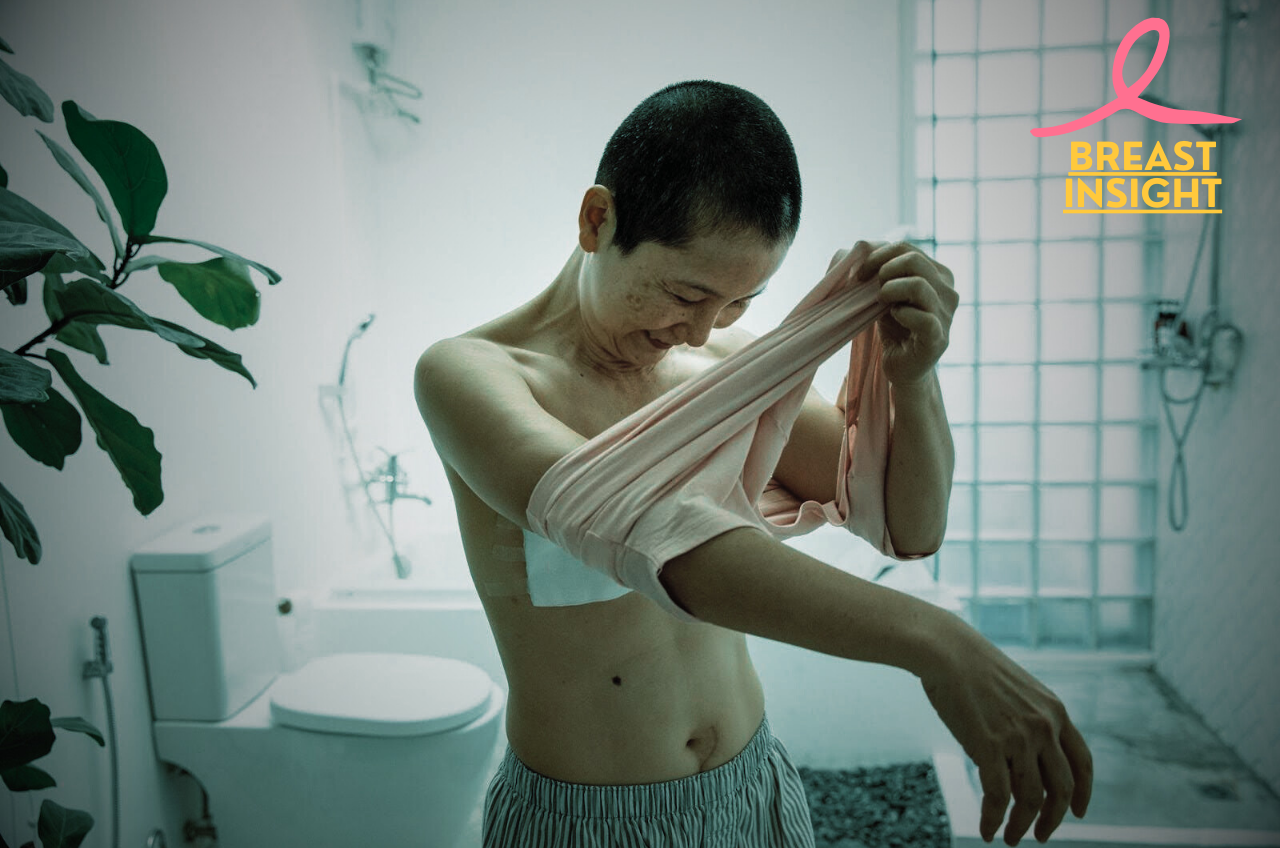
6 thoughts on “Is Male Breast Cancer Real? A Complete Guide”